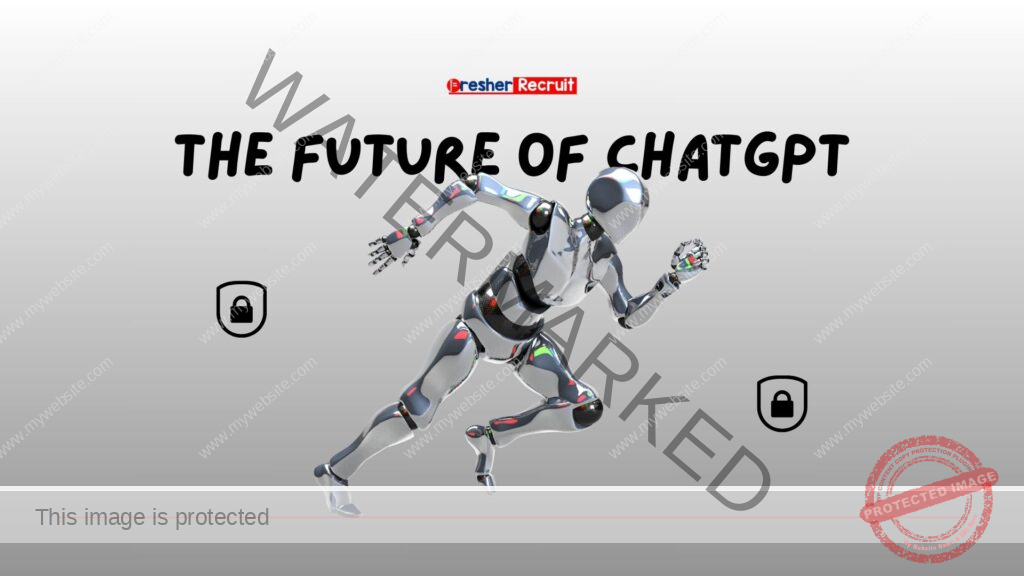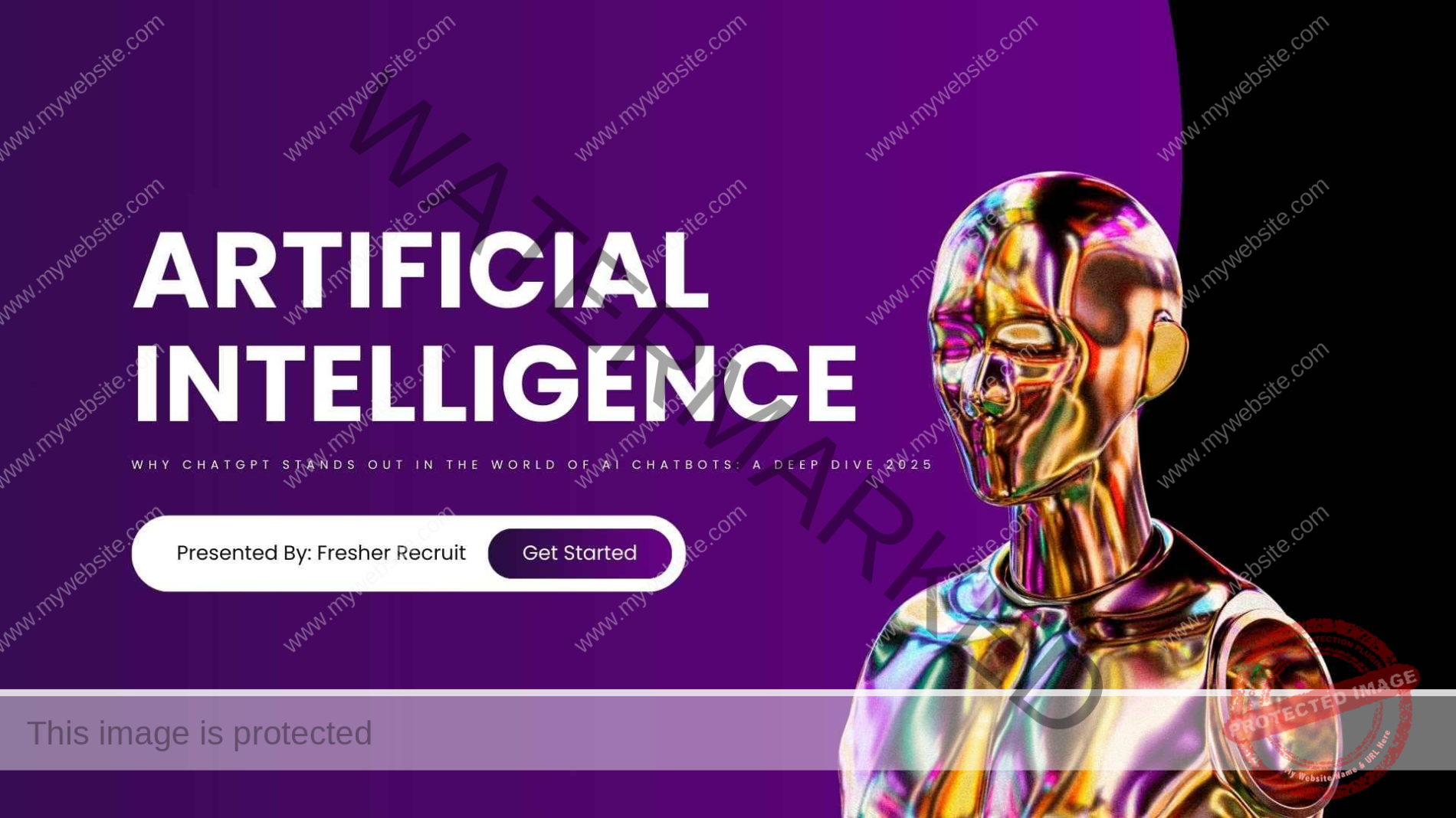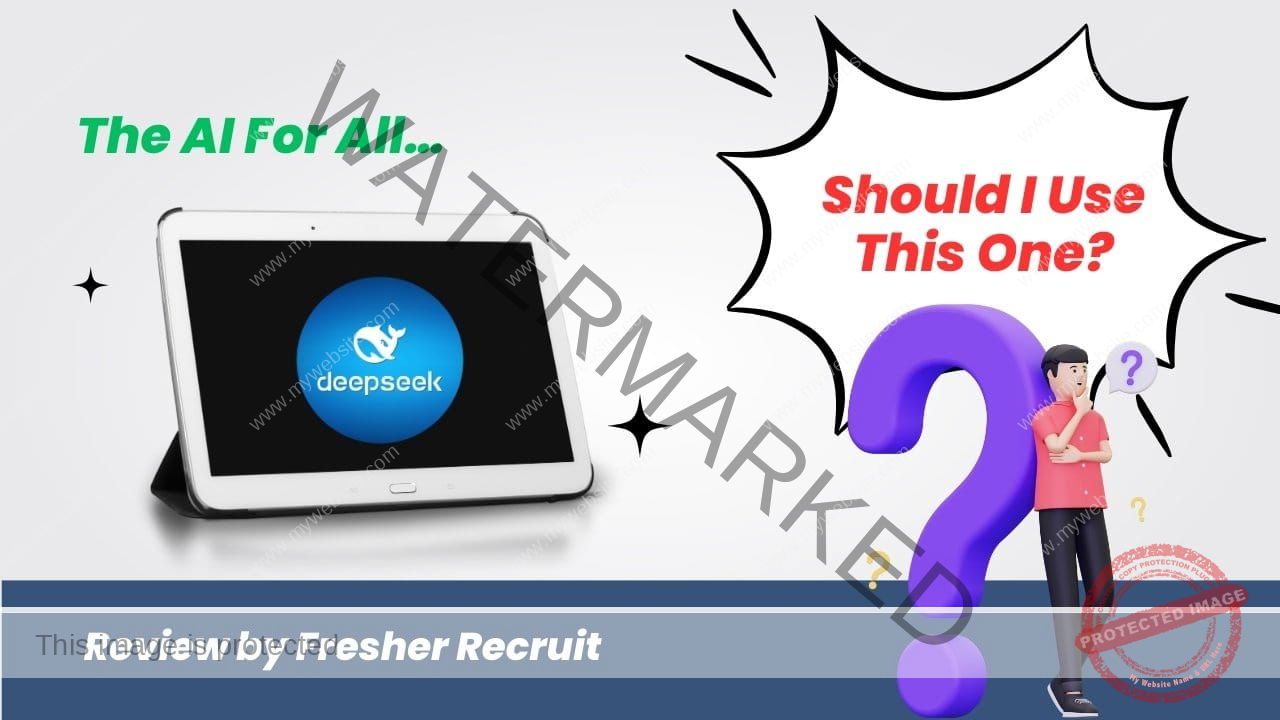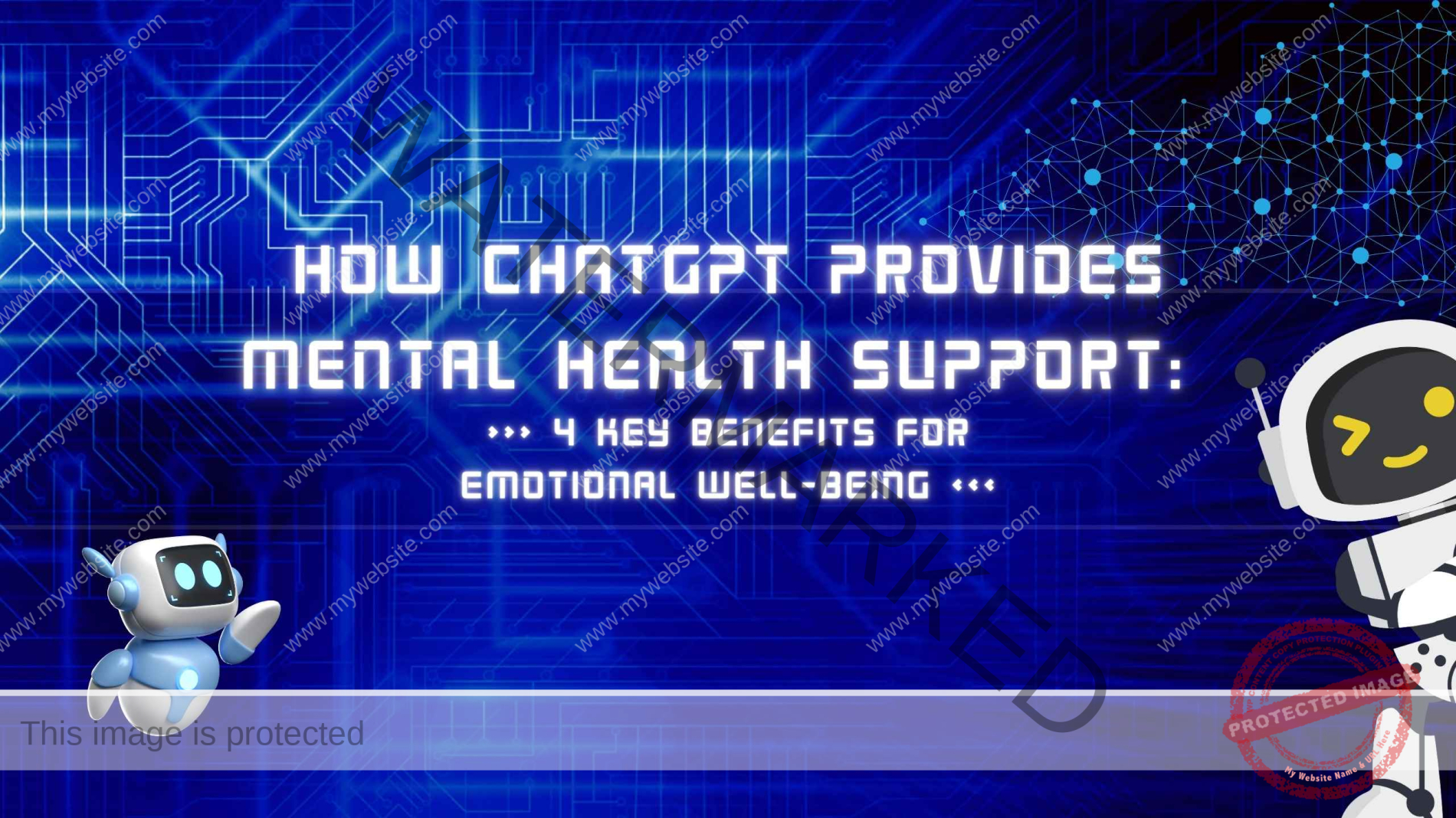Contents
- 1 Introduction: The Rise of AI Chatbots
- 2 1. ChatGPT’s Secret Sauce: The Power of Generative AI
- 3 2. Learning Language Like a Human (Almost)
- 4 3. Flexibility: From Casual Chats to Corporate Tools
- 5 4. The Flip Side: Limitations and Ethical Dilemmas
- 6 5. The Future of ChatGPT: Opportunities and Challenges
- 7 Conclusion: Why ChatGPT Isn’t Just Another Chatbot
- 8 FAQ Section
- 9 Important Links
Introduction: The Rise of AI Chatbots
Imagine asking a chatbot for dinner recipe ideas, and it not only suggests a dish but also cracks a joke about your questionable cooking skills. This blend of utility and personality is why ChatGPT has become a household name. While AI chatbots like Siri, Alexa, and Google Assistant have been around for years, ChatGPT’s meteoric rise since its 2022 launch has redefined what we expect from AI. But what makes it so different? Let’s explore how ChatGPT outshines its peers in flexibility, comprehension, and real-world impact—and where it still stumbles.
1. ChatGPT’s Secret Sauce: The Power of Generative AI
1.1 Built for Conversations, Not Just Commands
Most chatbots follow rigid scripts. Ask Siri to “set a timer,” and it obliges. But ask it to explain quantum physics like a pirate, and you’ll hit a dead end. ChatGPT, however, thrives on open-ended dialogue. Developed by OpenAI, it’s part of the GPT (Generative Pretrained Transformer) family, designed to mimic human conversation patterns.
Real-World Example:
When a user asked ChatGPT to “write a Shakespearean sonnet about Wi-Fi,” it delivered a 14-line poem with iambic pentameter. Try that with a banking chatbot!
1.2 The Transformer Architecture: A Game-Changer
ChatGPT’s backbone is the transformer model, a deep learning framework that processes words about all others in a sentence. This allows it to grasp context, sarcasm, and even cultural nuances.
Expert Insight:
Dr Andrew Ng, an AI pioneer, explains: “Transformers enable models like ChatGPT to generate text that’s not just coherent but contextually rich—something rule-based systems can’t achieve.”
Comparison:
- Rule-Based Chatbots (e.g., customer service bots): Follow “if-then” logic. Ask about something outside their script, and they falter.
- GPT Models: Generate responses dynamically, adapting to astrophysics and K-pop topics.
2. Learning Language Like a Human (Almost)
2.1 Training on the Internet’s Collective Knowledge
ChatGPT was trained on 570GB of text data—books, articles, websites, and Reddit threads. This vast dataset lets it discuss niche topics, like the mating habits of axolotls or the ethics of Bitcoin.
Case Study:
In 2023, a startup used ChatGPT to automate tech support. It resolved 85% of queries without human intervention, while a traditional scripted bot managed only 40%.
2.2 Contextual Awareness: The Art of Follow-Up
Have you ever tried asking a voice assistant a follow-up question like, “Wait, what about the other thing I mentioned earlier?” Most bots get confused. ChatGPT, however, tracks context across multiple exchanges.
Example:
User: “What’s the capital of France?”
ChatGPT: “Paris.”
User: “How far is it from London?”
ChatGPT: “About 214 miles (344 km) by train.”
A typical customer service bot might repeat, “Please specify your query.”
3. Flexibility: From Casual Chats to Corporate Tools
3.1 Beyond Small Talk: Real-World Applications
While chatbots like KLM’s “BlueBot” handle flight bookings, ChatGPT’s versatility lets it wear many hats:
- Content Creation: Drafting blog posts, scripts, or marketing copy.
- Education: Tutoring students in algebra or explaining climate change.
- Healthcare: Offering mental health support (e.g., Woebot uses GPT-3).
Data Point:
OpenAI reports that 85% of Fortune 500 companies are experimenting with ChatGPT for tasks like contract review and meeting summaries.
3.2 Customization: Tailoring AI to Your Needs
Businesses can fine-tune ChatGPT’s base model for specialized tasks. A law firm, for instance, trained it on case files to generate legal summaries, cutting research time by 50%.
Comparison:
Customizing traditional chatbots often requires rebuilding entire dialogue trees. With ChatGPT, developers adjust parameters using APIs—a process that takes days, not months.
4. The Flip Side: Limitations and Ethical Dilemmas
4.1 Bias and Misinformation: The Elephant in the Room
In 2023, ChatGPT falsely claimed that “the sun revolves around Earth” during a test. While OpenAI has implemented safeguards, biases in training data can still seep through.
Expert Insight:
Dr Timnit Gebru, an AI ethics researcher, warns: “Models like ChatGPT mirror the internet’s biases. Without transparency in training data, harmful stereotypes persist.”
4.2 The “Hallucination” Problem
ChatGPT sometimes invents facts—a phenomenon called AI hallucination. For example, it once cited a non-existent study claiming that “eating rocks improves digestion.”
Mitigation Strategies:
OpenAI uses reinforcement learning from human feedback (RLHF), where trainers rate responses to reduce errors. However, perfection remains elusive.
5. The Future of ChatGPT: Opportunities and Challenges

5.1 Competing Models: Google’s Gemini and Beyond
Rivals like Google’s Gemini and Anthropic’s Claude are catching up, offering better accuracy. Yet ChatGPT’s first-mover advantage keeps it ahead, with 100 million weekly users as of 2024.
5.2 Ethical AI: Striking the Right Balance
OpenAI’s partnership with Microsoft includes content moderation tools to block harmful queries. Still, debates rage over AI’s role in spreading misinformation.
Real-Life Impact:
After ChatGPT helped a student write a college essay, universities worldwide adopted AI detectors like Turnitin. The cat-and-mouse game continues.
Conclusion: Why ChatGPT Isn’t Just Another Chatbot
ChatGPT isn’t perfect, but its ability to engage in fluid, context-aware conversations sets a new benchmark. From helping coders debug software to aiding authors with writer’s block, it’s a Swiss Army knife for the digital age. As AI evolves, ChatGPT’s blend of adaptability and accessibility will keep it at the forefront—assuming it can navigate the ethical minefields ahead.
Final Thought:
Next time you ask ChatGPT for advice, remember: you’re not just querying a bot. You’re engaging with a mirror of human knowledge, flaws and all. And that’s what makes it fascinating.
Unlock Code
FAQ Section
Q: Can ChatGPT replace Google Search?
A: Not yet. While it summarizes information conversationally, it can’t crawl the web in real time like Google.
Q: Is ChatGPT safe for kids?
A: OpenAI’s filters block explicit content, but supervision is advised—it’s not immune to biased outputs.
Q: How much does ChatGPT cost?
A: The free version (GPT-3.5) has limited features. ChatGPT Plus ($20/month) offers GPT-4 and priority access.
Important Links
| Mock Test For Free | Click Here |
| Other Post | Click Here |
| Join Facebook Group | Click Here |
| Join Telegram Channel | Click Here |
| Web Stories | Click Here |














